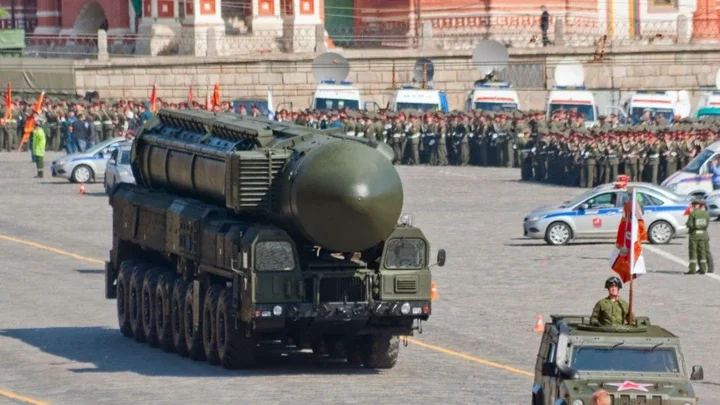
On November 21, Russia fired a new type of missile into Ukraine. At first, the Ukrainians claimed it was an intercontinental ballistic missile (ICBM). Then Russia claimed it was a new ' hypersonic' missile, while the Americans have said it was an intermediate-range ballistic missile (IRBM). Apparently, the missile was in retaliation for Ukraine receiving permission to launch Anglo-French Storm Shadow/SCALP missiles and American Army ATACMS missiles into Russia. ATACMS missiles have previously used to great effect destroying Russian S-400s and S-300s in occupied Ukrainian territory.
ICBM & IRBMs are both reserved for nuclear use
US officials were quick to counter Ukraine's claims that it was an ICBM and have said it was an IRBM. The debate on whether the missile was an ICBM or an IRBM is somewhat mute as both are used to carry nuclear weapons, and both should not be used in conventional combat (for fear of nuclear escalation). Both have the range to deliver nuclear missiles to European capitals.
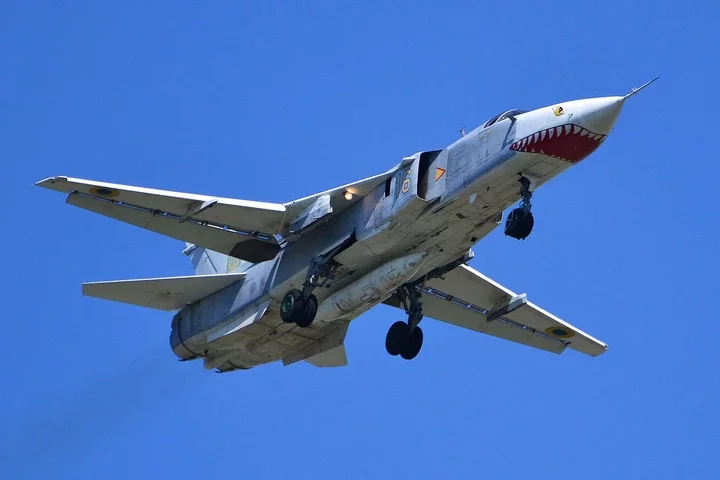
"There's debate as to the nature of the missile (ICBM or IRBM), but the political objective is, in my opinion, much clearer. The use of a weapon with Multiple Independent Re-entry vehicle (MIRV) capabilities, usually reserved for weapons with nuclear payloads, is aimed at generating debates over Russia's potential use of tactical nuclear weapons in Ukraine." - GlobalData defense analyst Tristan Sauer
The use of the missile is important as ICBMs (and IRBMs) are only used to carry nuclear warheads. These missiles are never used to carry conventional warheads because of the risk of miscalculating and one side launching their own nuclear weapons for real. There is no way to know what warhead ICBMs are carrying until they arrive.
What makes this an important development is not the warhead size (it's even possible the warheads were removed entirely) and not being yet another Russian claim to have used a 'hypersonic' missile in Ukraine. What is important is the type of weapon. This type is only reserved for carrying nuclear weapons. It is clear Russia was trying to send a powerful signal to the West.
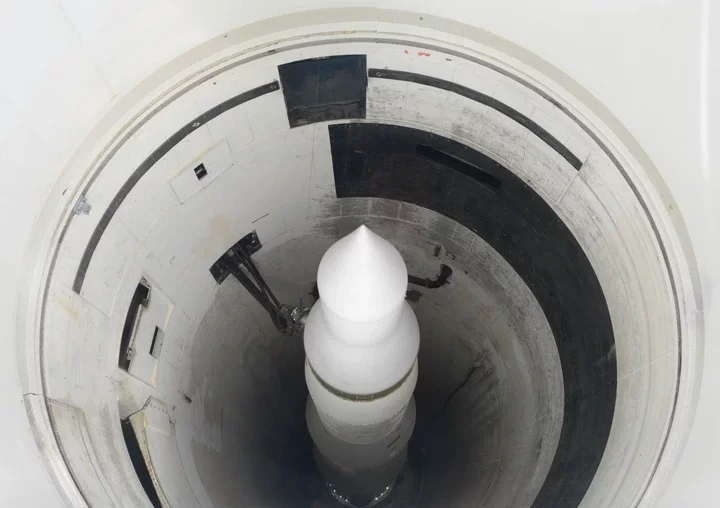
Photo: Zack Frank - Shutterstock
An ICBM is a ballistic missile with a range of over 5,500 km or 3,400 miles. IRBMs are generally agreed to have ranges of between 3,000 km and 5,500 km (or 1,860 to 3,400 miles). The US ATACMS and the Russian Iskander missiles are classified as short-range ballistic missiles that are used to carry conventional missiles (Iskanders can also carry nuclear warheads). ICBMs have never been used in combat before.
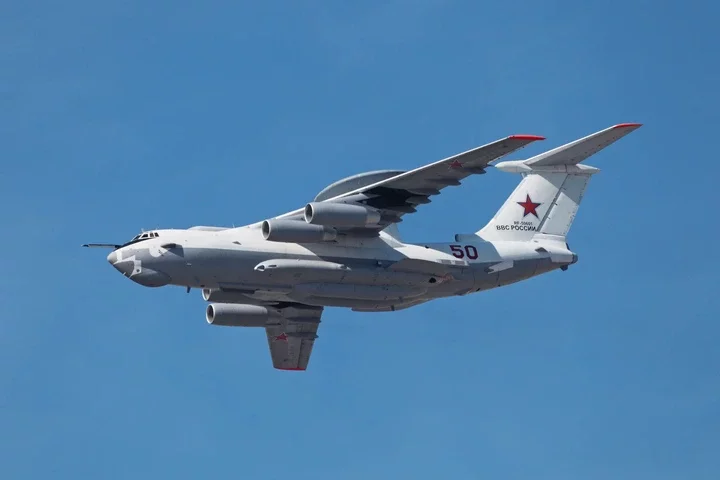
Change in White House Presidency
As much as this missile was in response to Ukraine's use of Western-supplied long-range missiles in Russia, perhaps a bigger aspect is the US elections. As the outgoing President, Biden has a relatively free hand to make last-minute decisions and changes in his last weeks in office. Biden's permission to use Western-provided missiles in Russia may also be a response to North Korea sending thousands of troops, millions of artillery shells, missiles, and other aid to Russia.
The incoming president has pledged to end the war in a day and believes in deterrence through strength. The use of the IRBM should also be understood from a position of posturing for expected upcoming talks and negotiations with the Trump Administration. Russia wants to approach from a position of strength and to be taken credibly.
In a development, few likely saw a possibility; the New York Times has even written that Biden may be considering returning Ukraine's nuclear weapons that it inherited following the fall of the Soviet Union and were then handed over to America.
"So U.S. and European officials are discussing deterrence as a possible security guarantee for Ukraine, such as stockpiling a conventional arsenal sufficient to strike a punishing blow if Russia violates a cease-fire. Several officials even suggested that Mr. Biden could return nuclear weapons to Ukraine that were taken from it after the fall of the Soviet Union. That would be an instant and enormous deterrent. But such a step would be complicated and have serious implications." - NY Times
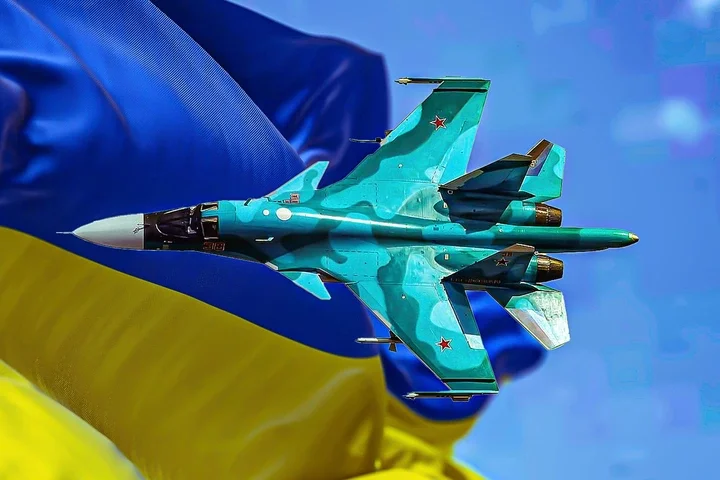
Related
Russia's ability to produce fighter jets is unlikely to be enough to sustain its existing air force, leading to questions about export potential.
The US knew in advance
The missile marked a major development in the conflict, soon to reach the grim three-year mark. According to reporting, the United States was notified 30 minutes before the launch. Meanwhile, Airforce Technology reported that the "US had briefed Ukraine and close allies/partners in recent days about Russia's possible use of this weapon to help them to prepare." Russia had notified the US through "nuclear risk reduction communication channels."
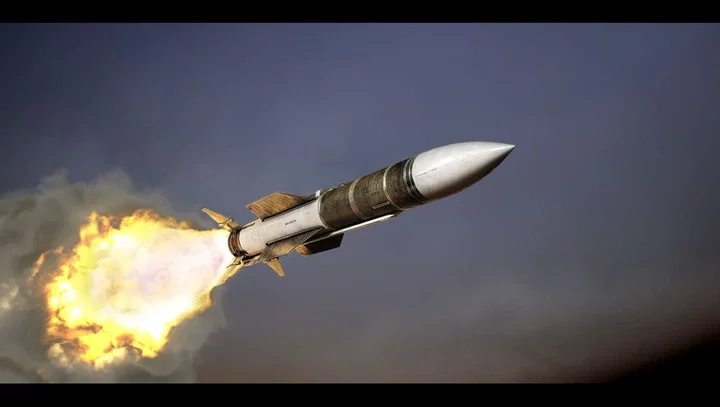
Photo: Alexander Yartsev l Shutterstock
On November 20, the US Embassy in Kyiv issued a warning stating, "The U.S. Embassy in Kyiv temporarily modified operations on November 20 due to reports of a potential imminent air attack. The embassy remains open and operational."
"Hypersonic" is likely meaningless
According to an address by Russian President Vladimir Putin, the new missile is a new type called an "Oreshnik." Current speculation suggests it is an RS-26 or a missile based on it. The Oreshnik (or RS-26) is an experimental missile. According to the US government, Russia likely only has a handful of these weapons. The US noted that the missile is not a game-changer in the conflict.
While Putin claims the Oreshnik is 'hypersonic,' it seems more likely just another ballistic missile (most ballistic missiles - including Germany's original WWII V-2 Rocket) achieve hypersonic speeds at certain stages of their flight profile.
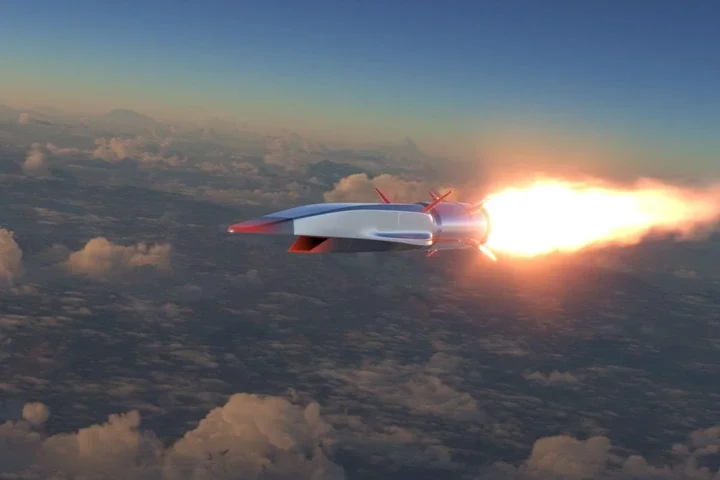
Photo: Alexyz3d l Shutterstock
Traveling at hypersonic speeds (Mach 5+) does not qualify ballistic missiles as 'hypersonic' missiles, as is typically understood with advanced emerging programs like the US AGM-183 ARRW. Regardless, ICBMs are difficult to intercept, especially with their multiple warheads called Multiple Independent Re-entry vehicles (MIRV).
Russian Air Force unable to command the skies
Ukraine launches its Storm Shadow missiles from a few old Soviet Su-24 Fencers that have been jerry-rigged to fire them. Simple Flying has previously reported how the Russian Air Force failed to establish air superiority over Ukraine and that it turned out to be a giant paper tiger. This has meant the Russian Air Force has been powerless to pick apart Ukraine's air defense or even fly air penetration missions.
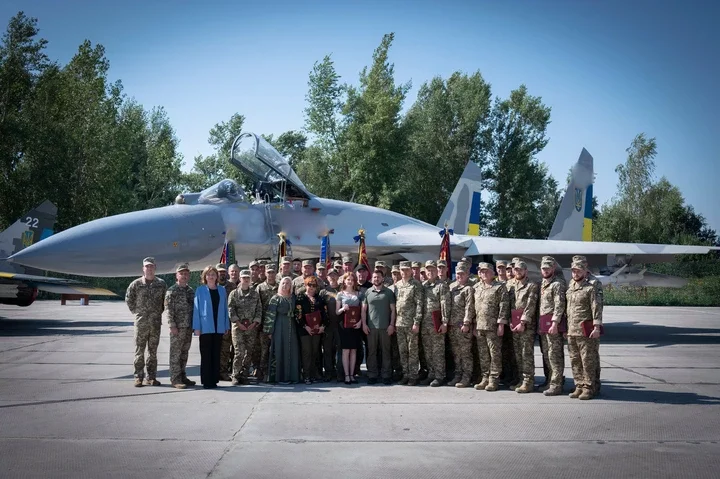
Photo: President of Ukraine
It means Russia has been unable to hunt down and destroy these aging aircraft, launching the Storm Shadows at them. The Su-24 Fencer is an old Soviet tactical bomber that was partly the result of copying the F-111 Aardvark and the French Mirage G8.
"Over 1,000 days into the conflict, Russia's Aerospace Forces, despite technological and numerical advantage, have failed to gain air superior over Ukraine. Russia has resorted to using their tactical level aviation - such as SU-34 aircraft - as airborne artillery." - British Ministry of Defence statement, 22 November 2024
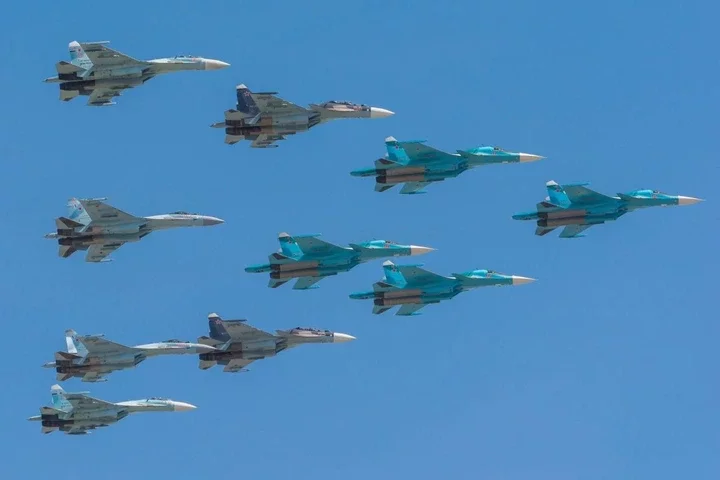
Photo: Mikhalis Makarov l Shutterstock
As the war has pushed past 1,000 days, Ukraine's growing suite of long-range attack capabilities is likely to force Russia to start striking Ukraine from much further away.


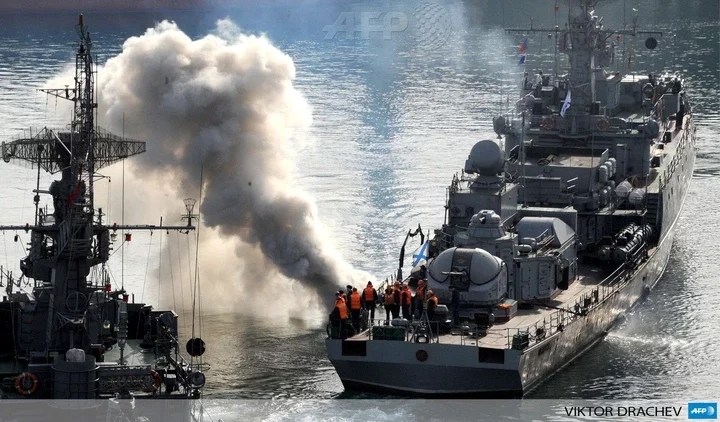

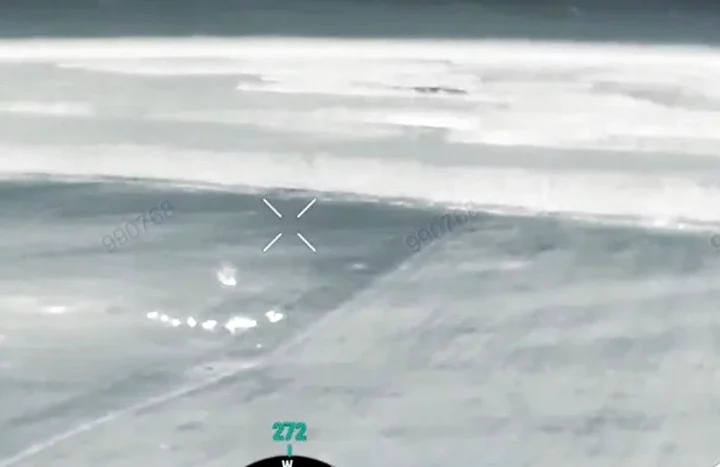
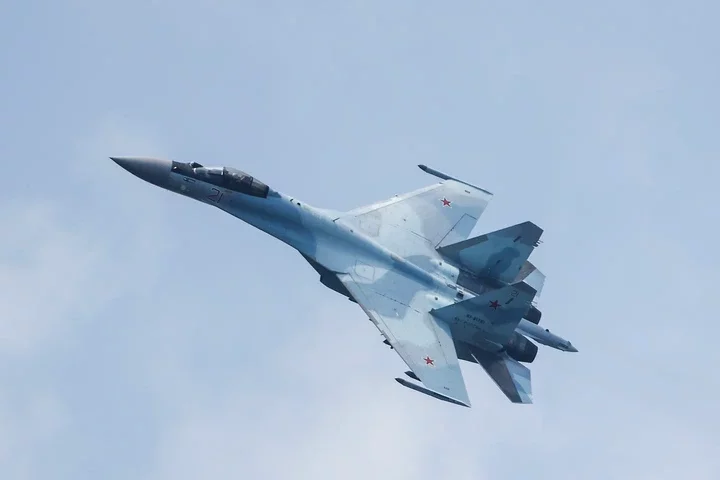
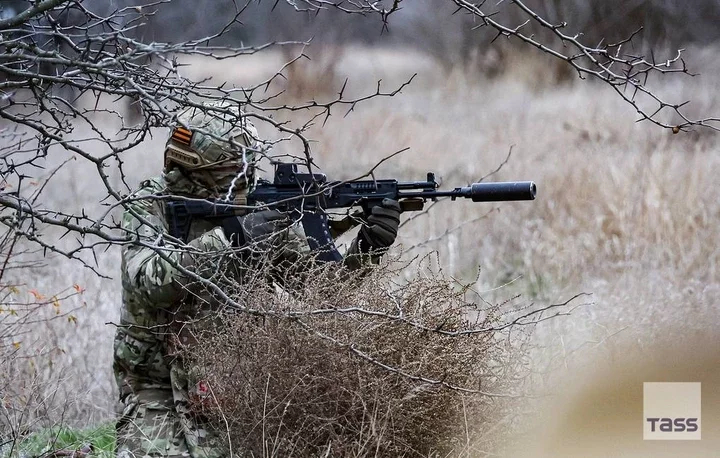









Comments